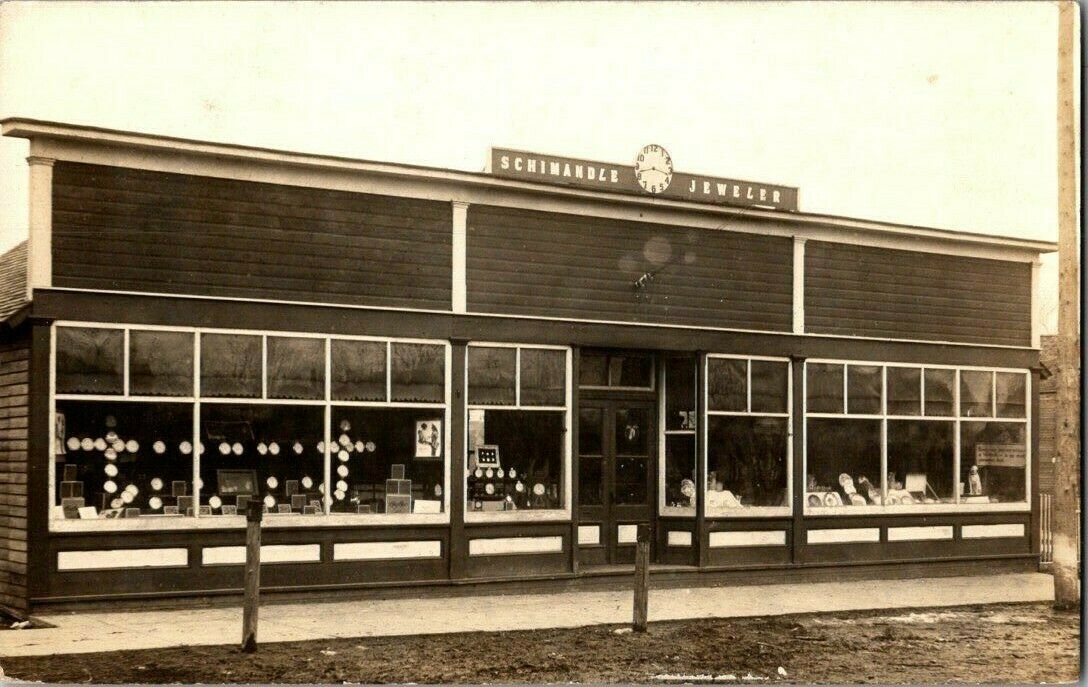|
Greg Washburn
Gregory James Washburn (born December 3, 1946) is an American former professional baseball pitcher who appeared in eight games in the major leagues for the California Angels in 1969. A native of Coal City, Illinois, he batted and threw right-handed and was listed as tall and . Washburn graduated from Coal City Hill School and was drafted by the Angels out of Lewis University in the first round of the 1967 amateur draft as the 19th overall pick. After almost 2 successful seasons in the minor leagues, he was promoted to the 1969 Angels in midyear. He made six appearances between June 7 and July 13, including two assignments as a starting pitcher at Anaheim Stadium. He was the losing pitcher in each start, against the Chicago White Sox on June 20 and the Seattle Pilots seven days later.Retrosheetbr>box score (27 June 1969): "Seattle Pilots 5, California Angels 2"/ref> He made two relief appearances in September 1969 to round out what would be his MLB career. In eight games, he po ... [...More Info...] [...Related Items...] OR: [Wikipedia] [Google] [Baidu] |
Pitcher
In baseball, the pitcher is the player who throws ("pitches") the baseball from the pitcher's mound toward the catcher to begin each play, with the goal of retiring a batter, who attempts to either make contact with the pitched ball or draw a walk. In the numbering system used to record defensive plays, the pitcher is assigned the number 1. The pitcher is often considered the most important player on the defensive side of the game, and as such is situated at the right end of the defensive spectrum. There are many different types of pitchers, such as the starting pitcher, relief pitcher, middle reliever, lefty specialist, setup man, and the closer. Traditionally, the pitcher also bats. Starting in 1973 with the American League(and later the National League) and spreading to further leagues throughout the 1980s and 1990s, the hitting duties of the pitcher have generally been given over to the position of designated hitter, a cause of some controversy. The Japanese Central Le ... [...More Info...] [...Related Items...] OR: [Wikipedia] [Google] [Baidu] |
Coal City, Illinois
Coal City is a village in Grundy and Will Counties in the U.S. state of Illinois. It is considered a fringe town of the Chicago metropolitan area. The population was 5,587 at the 2010 census. Its school district serves an area with over 11,000 residents. It is served by Interstate 55. The Santa Fe Railway formerly served Coal City at Coal City Station. The village was impacted by two notable tornadoes in recent history, once in 2013 and again 2015. History Coal City was incorporated in 1870, named for coal mines in the vicinity that were built following the 1820 discovery of large coal reserves. During the 20th century, coal mining operations in the area declined, with the local economy being driven more by growth in manufacturing and the construction of nearby power plants, including Dresden Nuclear Power Plant and Braidwood Nuclear Generating Station. Weather events 2013 tornado A tornado passed through Coal City damaging a number of homes during the tornado outbreak of Nov ... [...More Info...] [...Related Items...] OR: [Wikipedia] [Google] [Baidu] |
Win–loss Record (pitching)
In baseball and softball, a win–loss record (also referred to simply as a record) indicates the number of wins (denoted "W") and losses (denoted "L") credited to a pitcher. For example, a 20–10 win–loss record would represent 20 wins and 10 losses. In each game, one pitcher on the winning team is awarded a win (the "winning pitcher") and one pitcher on the losing team is given a loss (the "losing pitcher") in their respective statistics. These pitchers are collectively known as the ''pitchers of record''. The designation of win or loss for a pitcher is known as a ''decision'', and only one pitcher for each team receives a decision. A starting pitcher who does not receive credit for a win or loss is said to have ''no decision''. In certain situations, another pitcher on the winning team who pitched in relief of the winning pitcher can be credited with a save, and holds can be awarded to relief pitchers on both sides, but these are never awarded to the pitcher who is awarde ... [...More Info...] [...Related Items...] OR: [Wikipedia] [Google] [Baidu] |
Earned Run Average
In baseball statistics, earned run average (ERA) is the average of earned runs allowed by a pitcher per nine innings pitched (i.e. the traditional length of a game). It is determined by dividing the number of earned runs allowed by the number of innings pitched and multiplying by nine. Thus, a lower ERA is better. Runs resulting from passed balls or defensive errors (including pitchers' defensive errors) are recorded as unearned runs and omitted from ERA calculations. Origins Henry Chadwick is credited with devising the statistic, which caught on as a measure of pitching effectiveness after relief pitching came into vogue in the 1900s. Prior to 1900—and, in fact, for many years afterward—pitchers were routinely expected to pitch a complete game, and their win–loss record was considered sufficient in determining their effectiveness. After pitchers like James Otis Crandall and Charley Hall made names for themselves as relief specialists, gauging a pitcher's e ... [...More Info...] [...Related Items...] OR: [Wikipedia] [Google] [Baidu] |


